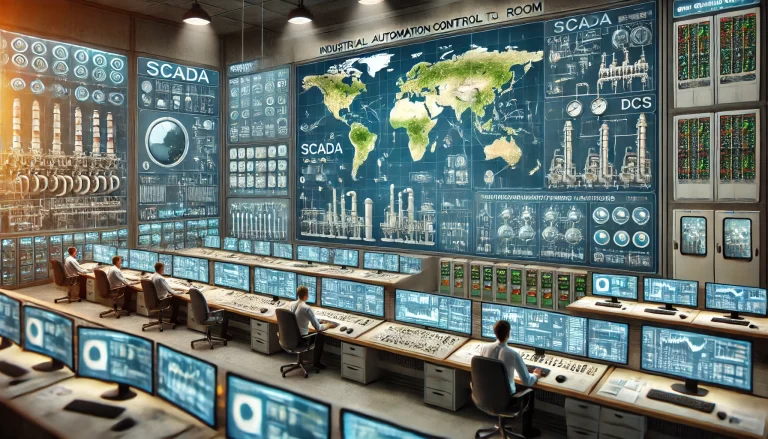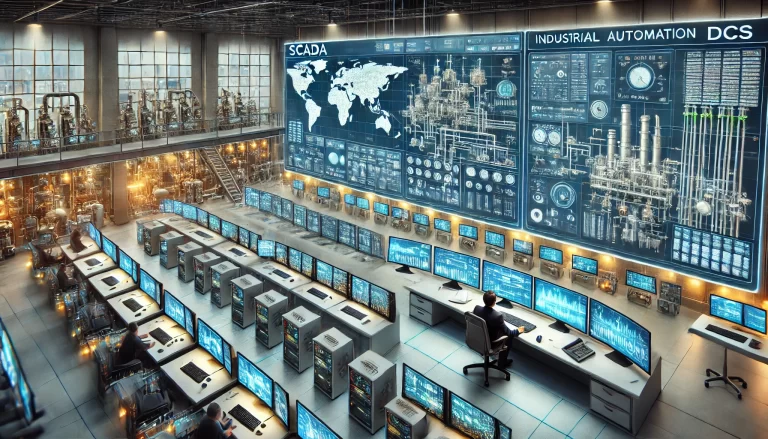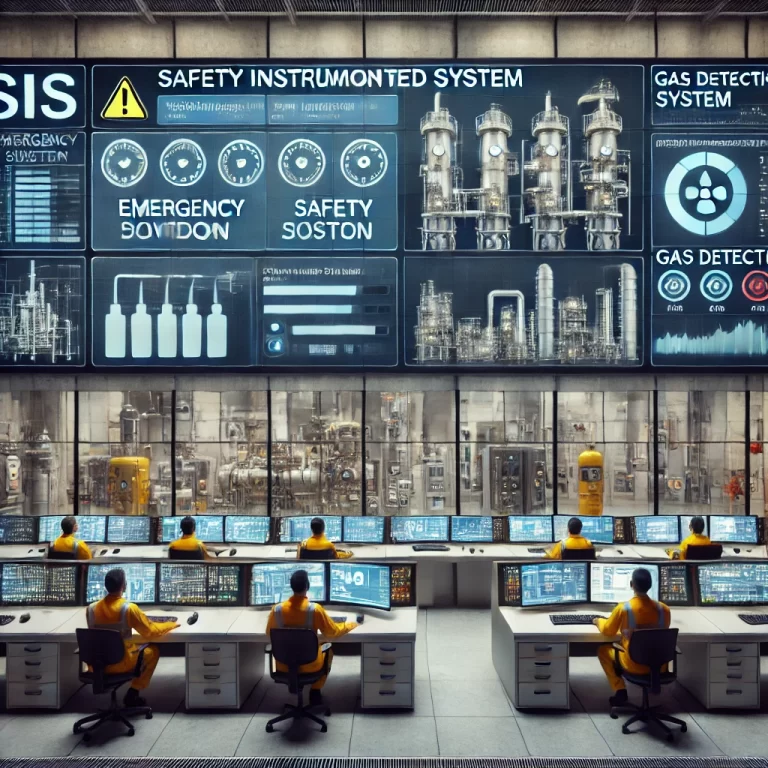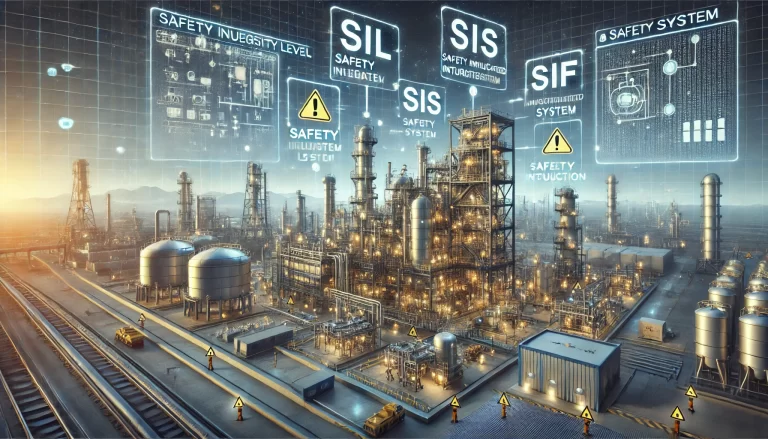DCS (Distributed Control System), GDS (Gas Detection System), and SIS (Safety Instrumented System) are distinct control and safety systems used in industrial settings. Each system serves a unique purpose and has specific characteristics. Below is a detailed comparison of these three systems.

1. Distributed Control System (DCS)
A Distributed Control System (DCS) is an advanced control system that evolved from traditional centralized control systems. It is designed to distribute control functions across multiple levels while maintaining centralized operation and management. The primary features of DCS include:
Decentralized Control and Centralized Management: DCS employs a hierarchical structure where control is distributed among various subsystems, ensuring redundancy and reliability.
Modular and Scalable Architecture: The system can be easily expanded to accommodate additional processes or facilities.
Real-Time Monitoring and Control: DCS continuously collects data from field instruments and provides real-time control, making it suitable for large-scale industrial applications.
Application Areas: DCS is widely used in industries such as power generation, metallurgy, petrochemicals, pharmaceuticals, and water treatment plants.

2. Gas Detection System (GDS)
The Gas Detection System (GDS) is a specialized system designed to detect and monitor hazardous gases, including combustible and toxic gases, to ensure workplace safety. Key characteristics of GDS include:
Independent Functionality: According to the GBT50493 standard implemented in 2020, GDS operates independently of DCS and SIS systems, and it does not require SIL (Safety Integrity Level) certification.
Alarm and Notification System: When hazardous gas concentrations exceed predefined thresholds, the system triggers alarms and provides alerts to prevent potential accidents.
Sensor Integration: GDS incorporates various types of gas sensors that continuously monitor the environment for potential leaks.
Application Areas: Commonly used in chemical plants, oil refineries, gas processing facilities, and confined industrial spaces where gas leaks pose a significant risk.
3. Safety Instrumented System (SIS)
The Safety Instrumented System (SIS), also known as a Safety Interlock System, is designed to provide critical safety functions in industrial processes. Its primary objective is to bring processes to a safe state in case of hazardous events. Key features of SIS include:
Emergency Shutdown (ESD) Capabilities: SIS detects abnormal conditions and initiates safety actions such as process shutdown, alarm activation, or system isolation.
Compliance with Safety Standards: SIS must adhere to safety standards such as IEC 61508 and IEC 61511, ensuring compliance with international safety integrity levels (SILs).
Integration with Other Control Systems: While it operates independently, SIS can be integrated with DCS for data sharing and coordinated responses.
Application Areas: SIS is critical in high-risk industries such as oil and gas, nuclear power, and chemical processing, where safety is paramount.

Comparison of DCS, GDS, and SIS
The table below highlights the key differences between the three systems:
| Feature | DCS | GDS | SIS |
|---|---|---|---|
| Primary Function | Process control and automation | Gas detection and alarm | Safety interlock and shutdown |
| Control Architecture | Distributed, multi-layered | Centralized or distributed | Centralized or distributed |
| Compliance Requirement | Process industry standards | GBT50493 | IEC 61508 / IEC 61511 |
| Alarm Handling | Process deviations | Gas concentration alerts | Safety-related alarms |
| Application Areas | Power, petrochemicals, manufacturing | Oil and gas, chemical plants | High-risk industries |

Conclusion
In summary, while DCS focuses on process automation and management, GDS specializes in detecting hazardous gases, and SIS is dedicated to ensuring safety through emergency interventions. Understanding the differences and selecting the appropriate system based on operational requirements is crucial for ensuring efficient and safe industrial operations.
